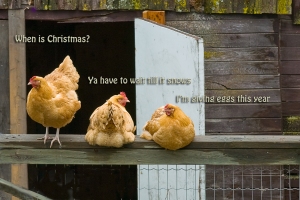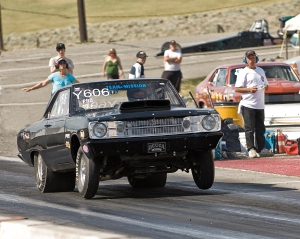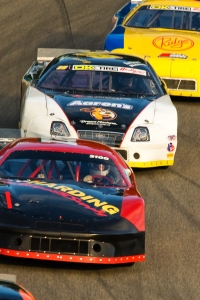

We finished decorating our 15-foot Christmas tree, and I started putting the tracks together for the Christmas train that goes round and round the tree. Afterwards, my wife, Linda, resting and enjoying a cup of tea, and perusing the glory of our handiwork commented, “You haven’t told me yet what you want for Christmas. Do you want something for your photography?”
I hadn’t thought about what I wanted. I had been enjoying the tree, the decorations, and the Christmas music, but as far as a gift for me, especially, “something for photography” left me at a loss of what to say, so I replied, “I suppose I want everything and anything that will fit my camera.”
I watched the train go round the tree, and I listened to the music coming from the satellite receiver (I like the channel that plays smooth Christmas jazz) and tried to think about what I could tell my wife.
In keeping with that subject, I decided to pose that question on a couple of photographer forums I frequent. There are so many different photographers with different ideas on what would be the perfect photography gift for them, that I edited them a bit and selected twelve in keeping with the tradition of twelve days of Christmas.
I am absolutely sure readers have their own Christmas list, however, here are some of the requests I picked out for this year.
(1) “I asked for the Canon 6D, worth a try.” (The first on the list is one of many that wanted a particular camera, and I just went with the first response of many.) One would have had to been really good to deserve this.
(2) “I thought about asking for an additional tripod; a smaller, lighter one for hiking… but I would not want to push my luck.” Good choice.
(3) “I asked Santa for a 70-200mm lens.” Very nice.
(4) “Lensbaby Composer Pro – This tilting lens is the first item on my list.” Wow.
(5) “I already bought a Fujifilm X100s…I couldn’t wait.” Good move.
(6) “I’ve asked for gift cards, better chance of getting some of those than the Nikon D800 I really want.” That works for me.
(7) “A Bush Hawk Shoulder Mount would be great to find under the Christmas tree.” That would be so neat.
(8) “A 50mm f/1.4 lens would be perfect.” I agree.
(9) “I really would be happy if I could get a macro ring flash for Christmas.” I agree.
(10) “I would like a wireless off-camera flash, light stand, and a softbox.” Excellent.
(11) “I’d be happy with a 5-in-1 collapsible reflector, or if I am really very good I would like a really big umbrella, 80 inches would be super.” Absolutely.
(12) “A new camera backpack to hold the 70-200mm lens I hope I am getting.” That would be so neat.
Personally, I could suggest to my wife that she empty out our savings and get me a really long focal length lens. But I doubt that item would actually find it’s way under our tree. After all there needs to be some money left for her. So, being the practical guy I am, I think I’ll request that Santa Claus puts a couple of good quality, 32GB memory cards in my stocking.
There is still time to get your list ready. Good luck and Merry Christmas.
Got any additions or comments? Let me know – Thanks, John
My new website is at www.enmanscamera.com
























